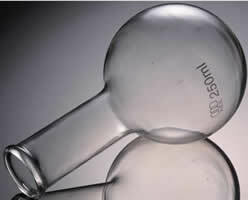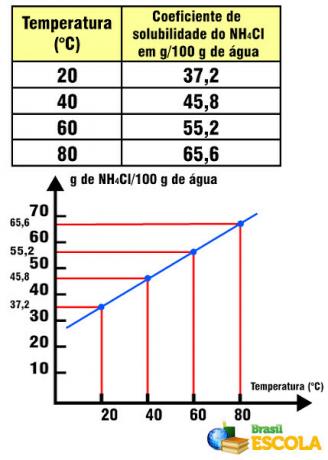This organic class can be represented by the acronym YOU (Volatile Organic Compounds), some of these compounds are toxic and carcinogenic, therefore they produce effects adverse and direct effects on human health, especially exposure to high concentrations and for a long period of time. An example of harm to health: exposure to formaldehyde can cause nausea, dizziness, reduced physical strength, eye, nose and throat irritation.
See some examples of YOU:
• Petroleum-based fuels: gasoline, kerosene, and others;
• Paint additives;
• Aerosol can propellants;
• Petroleum distillates;
• Dry cleaning products;
• Many industrial products;
• Some pesticides and herbicides.
These pollutants when released into the atmosphere contribute to the formation of the "smog”. smog is a term derived from the English words (smoke and fog), it happens when pollution occurs in combination with droplets of water vapor.
O photochemical smog it is a mixture of oxidized hydrocarbons and other compounds. Photochemical smog problems can worsen with the increased incidence of UV radiation on the Earth's surface. A large percentage of smog emissions come from burning fuels and using paint products and solvents.
The main occurrence of smog is often linked to heavy traffic, sunlight, high temperatures and calm winds. Have you ever noticed that when the humidity level of the atmosphere is high, a mixture of mist and smoke particles accumulates near the Earth instead of rising, it is called “smog”.
By Líria Alves
Graduated in Chemistry
Do not stop now... There's more after the advertising ;)
See more!
Origin of Smog
Ability of organic compounds to form chains
Would you like to reference this text in a school or academic work? Look:
SOUZA, Líria Alves de. "Volatile Organic Compounds and Photochemical Oxidants"; Brazil School. Available in: https://brasilescola.uol.com.br/quimica/compostos-organicos-volateis-oxidantes-fotoquimicos.htm. Accessed on June 28, 2021.


